Fast Food Advertisements
Despite having the term “gourmet” in our company name, we regularly run fast food campaigns across our managed supply and curated supply. We do of course allow publishers to exclude them if they wish i.e. it’s not a great look when a Fast Food Ad for a burger is shown on Diet Website. Burger King has been particularly successful with its memorable ads like the ‘Moldy Whopper’ campaign.
These days, the term “Fast Food” comes in many varieties. Of course, the burgers, sandwiches, fried chicken, pizzas, and burritos are there. Sometimes, food advertising agency portrays fast food as unhealthy food. Pizza Hut’s ‘No One OutPizzas the Hut’ campaign from the 1990s is a classic example of effective fast food advertising. But around the world there the trend of healthy fast food is rapidly growing, which has somewhat forced traditional fast food brands to innovate and provide healthier meal options. Depending on the particular brand and product being sold, there is a wide range of food advertisement examples. Taco Bell’s ‘Live Más’ campaign is another example of impactful advertising that promotes inspiration and empowerment. Images of burgers, fries, and other appealing foods are frequently used in fast food advertisements. The use of attractive visuals is one of the most common Food Advertising Tricks.
The essence of an effective fast food ad lies in its ability to highlight the visual appeal of the food and evoke positive emotions such as happiness and comfort, making it irresistible to potential customers. Brands running Fast Foods Ads typically include the following elements
- Brand Logo
- A Deal of sorts
- Low Pricing
- Exceptional Food Photography
- Bright colours Large Fonts
- The Phrase “Limited time Only”
- Call to Action
Recently we’ve also seen the inclusion of “Order Now” as home delivery services begin to be offered from fast food brands as well as 3rd party delivery services like UberEats.
Recent Fast Foods Ads
As fast food advertising continues to evolve, there will be a growing emphasis on disease control measures to combat public health issues related to obesity and poor eating habits.
By understanding and targeting their audience effectively, fast food brands can create compelling ads that resonate with their target audience and drive customer engagement. This involves identifying the demographics and preferences of the target audience to tailor the advertising message accordingly.
Despite the rise of digital platforms, TV commercials remain a significant medium for fast food advertising, effectively conveying brand messages and resonating with consumers.

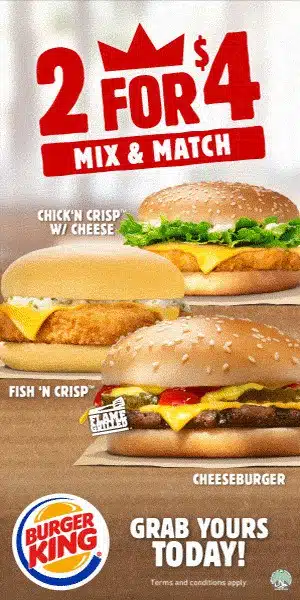
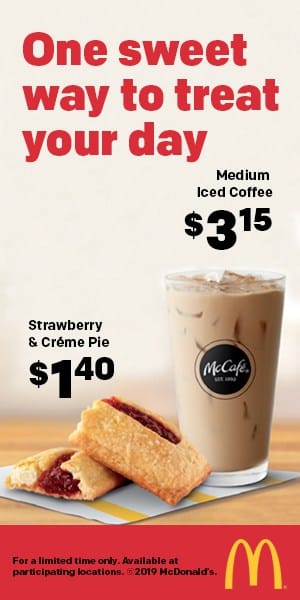
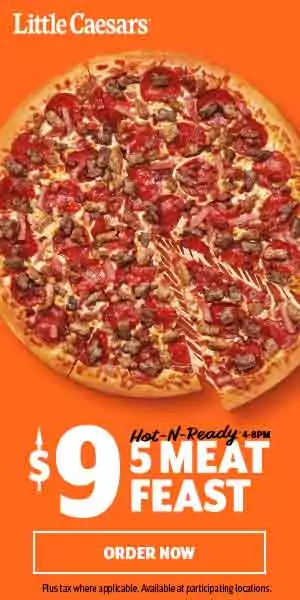
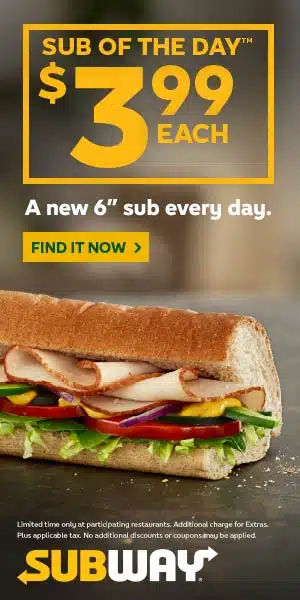
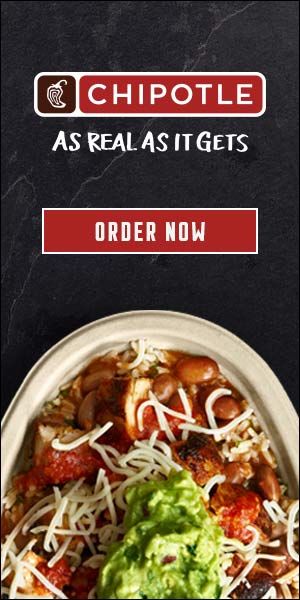
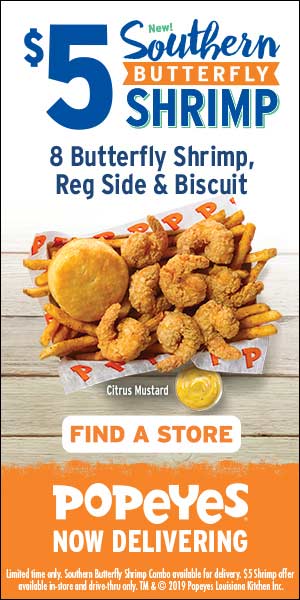
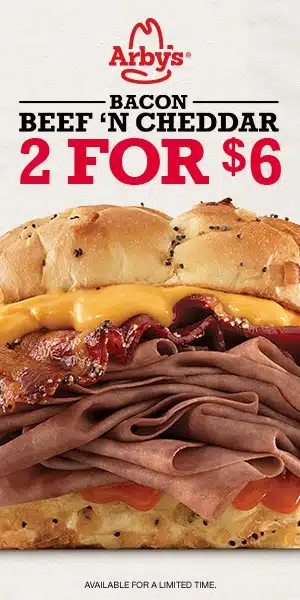
What are Fast Food Ads?
Fast food ads are the lifeblood of the fast food industry, designed to tantalize taste buds and draw customers into their culinary offerings. These advertisements are crafted by fast food restaurants and chains to promote their menu items, attract a loyal customer base, and ultimately boost sales. Fast food ads are omnipresent, appearing across a variety of channels including traditional print media, television commercials, social media, and online ordering systems.
The essence of an effective fast food ad lies in its ability to highlight the visual appeal of the food, making it irresistible to potential customers. These ads often convey the unique atmosphere and cuisine of the restaurant, emphasizing the value proposition that sets them apart from competitors. Whether it’s a mouth-watering burger, crispy fried chicken, or a cheesy slice of pizza, the imagery used in these ads is designed to make viewers crave the food.
Fast food ads are not one-size-fits-all; they are often tailored to specific demographics. For instance, television commercials might target families during prime-time slots, while social media campaigns could be aimed at young adults who are always on the go. By understanding and targeting their audience effectively, fast food brands can create compelling ads that resonate and drive customer engagement.
Effective Fast Food Advertising Strategies
Creating effective fast food ads requires a blend of creativity, strategy, and an understanding of the target audience. One of the most powerful tools in fast food advertising is the use of attractive visuals. High-quality images and videos of delicious food can instantly grab attention and evoke positive emotions, making viewers more likely to visit the restaurant.
Humor is another effective strategy. A funny commercial or social media post can make a brand memorable and create a positive association with the food. Additionally, fast food ads often leverage positive emotions, such as happiness and satisfaction, to create a feel-good factor around their products.
Targeted marketing is crucial in reaching the desired audience. Fast food restaurants can use social media platforms to target specific demographics, such as young adults or families with children. By tailoring their ads to the interests and preferences of these groups, they can increase the likelihood of engagement and conversion.
Limited-time offers and promotions are also a staple in fast food advertising. These create a sense of urgency and encourage customers to act quickly, driving sales and attracting new customers. By combining these strategies, fast food restaurants can create effective ads that not only boost sales but also enhance brand awareness.
The Future of Fast Food Advertising
The future of fast food advertising is poised to be more digital, interactive, and responsive to consumer needs. As technology continues to evolve, fast food restaurants will increasingly rely on digital and social media platforms to reach their audience. This shift will require brands to create more engaging and interactive content that captures the attention of tech-savvy consumers.
One significant trend is the growing demand for healthy and sustainable food options. Fast food brands will need to adapt their advertising strategies to highlight these offerings, appealing to health-conscious consumers. This might include showcasing fresh ingredients, transparent sourcing, and nutritional information in their ads.
Regulations and guidelines related to food advertising are also likely to become more stringent. Fast food restaurants will need to comply with rules regarding nutrition labeling and advertising to children, ensuring their ads are both ethical and effective.
By staying ahead of these trends and continuously adapting to changing consumer preferences, fast food brands can create compelling ads that resonate with their audience. The future of fast food advertising will be about balancing innovation with responsibility, creating ads that not only drive sales but also build a positive brand image.











